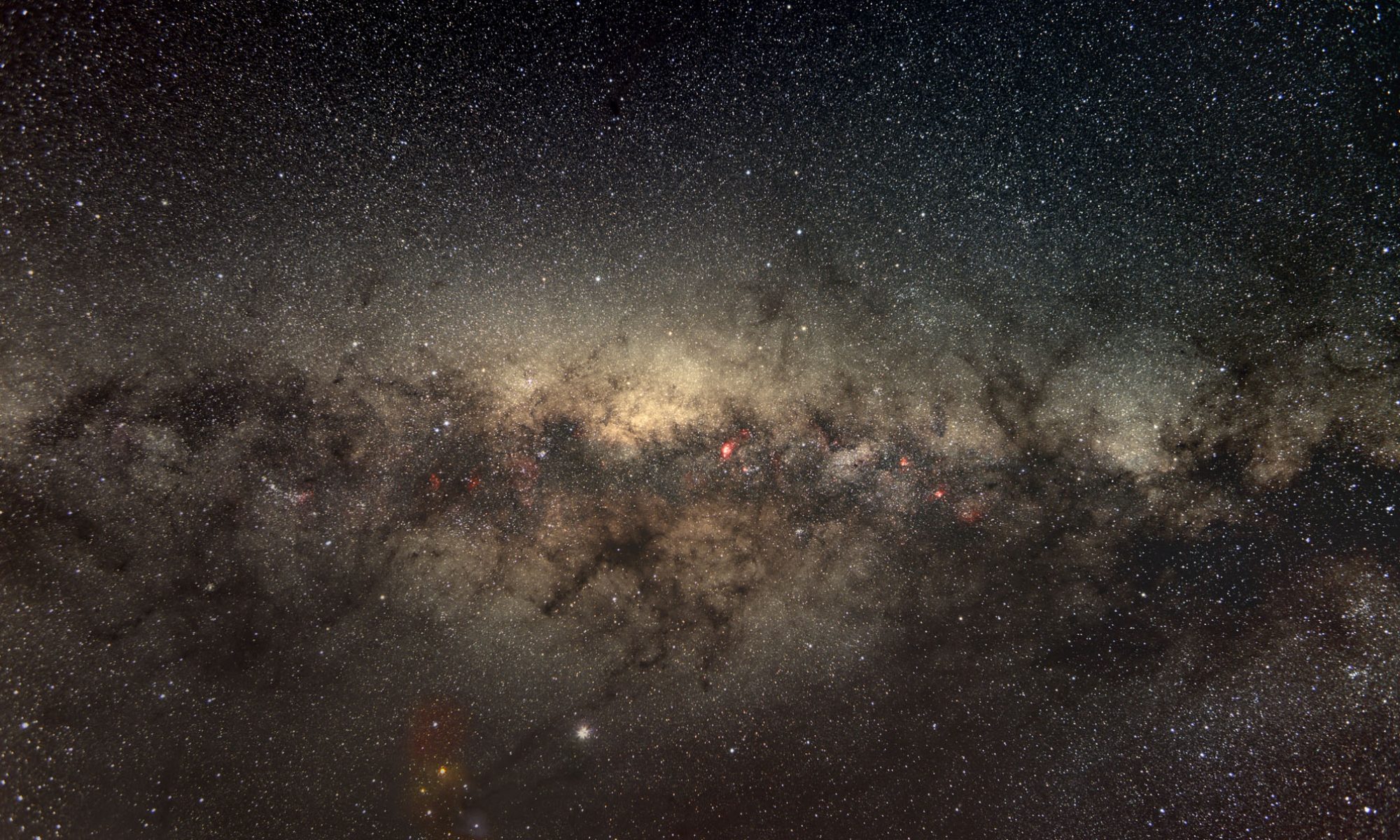From deep in the TED archive, Danny Hillis outlines an intriguing theory of how and why technological change seems to be accelerating, by linking it to the very evolution of life itself. The presentation techniques he uses may look dated, but the ideas are as relevant as ever.
Temporal Distortion
Temporal Distortion from Randy Halverson on Vimeo.
Featuring an original score by Bear McCreary (Battlestar Galactica, The Walking Dead, Eureka, etc)
What you see is real, but you can’t see it this way with the naked eye. It is the result of thousands of 20-30 second exposures, edited together to produce the timelapse. This allows you to see the Milky Way, Aurora and other Phenonmena, in a way you wouldn’t normally see them.
In the opening “Dakotalapse” title shot, you see bands of red and green moving across the sky. After asking several Astronomers, they are possible noctilucent clouds, airglow or faint Aurora. I never got a definite answer to what it is. You can also see the red and green bands in other shots.
At :53 and 2:17 seconds into the video you see a Meteor with a Persistent Train. Which is ionizing gases, which lasted over a half hour in the cameras frame. Phil Plait wrote an article about the phenomena here blogs.discovermagazine.com/badastronomy/2011/10/02/a-meteors-lingering-tale/
There is a second Meteor with a much shorter persistent train at 2:51 in the video. This one wasn’t backlit by the moon like the first, and moves out of the frame quickly.
The Aurora were shot in central South Dakota in September 2011 and near Madison, Wisconsin on October 25, 2011.
Watch for two Deer at 1:27
Most of the video was shot near the White River in central South Dakota during September and October 2011, there are other shots from Arches National Park in Utah, and Canyon of the Ancients area of Colorado during June 2011.
Equipment Used
Thanks to Dynamic Perception for their support and for making the Stage Zero Dolly. dynamicperception.com The best dolly made in many ways!
Canon 5D Mark II and Canon 60D
Canon 16-35, Tokina 11-16
Shot in RAW format. Manual mode, Exposure was 30 seconds on most Milky Way shots, 15-30 seconds on Aurora. ISO 1600 – 6400 F2.8. 3 second intervals between exposures
Production Assistants – River Halverson and Kelly McIlhone
Opening title by Gus Winkelman // Winkelmedia LLC // Contact Guswinkelman@gmail for creative solutions
Contact for licensing footage, or anything else.
Randy Halverson
dakotalapse.com
dakotalapse@gmail.com
Follow:
Google + plus.google.com/115274420552571826637/posts
Facebook facebook.com/dakotalapse
Twitter twitter.com/dakotalapse
The Known Universe
The Known Universe takes viewers from the Himalayas through our atmosphere and the inky black of space to the afterglow of the Big Bang. Every star, planet, and quasar seen in the film is possible because of the world’s most complete four-dimensional map of the universe, the Digital Universe Atlas that is maintained and updated by astrophysicists at the American Museum of Natural History. The new film, created by the Museum, is part of an exhibition, Visions of the Cosmos: From the Milky Ocean to an Evolving Universe, at the Rubin Museum of Art in Manhattan through May 2010.
Potassium Chlorate and Gummy Bear
Molten potassium chlorate is a strong oxidizing agent that reacts violently with sugar. Gummy bears have lots of sugar in them.
poor gummy
